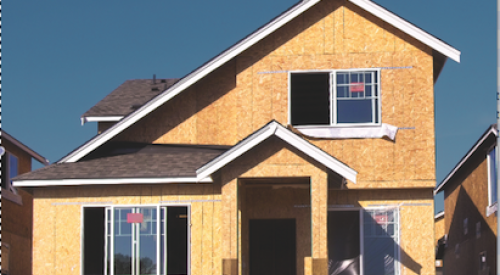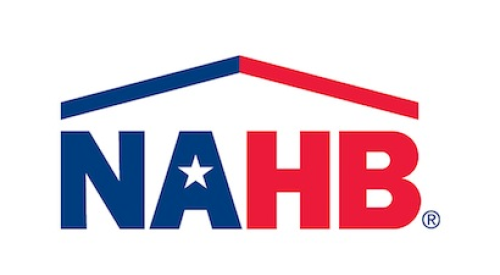The book, Residential Construction Performance Guidelines for Professional Builders & Remodelers, defines in plain English what qualifies as acceptable construction--much to the benefit of builders and their customers who often misunderstand the fine print of their contracts and warranties. Better still, in many places around the country, the publication's first edition has become the final authority in settling disputes between builders and home owners, says builder Robert R. Jones, a NAHB vice president who helped develop the guidelines.
Jones' company, for example, references the guidelines in each of its initial agreements with buyers. "What we are really doing is setting up a situation where the expectations of both parties are able to be fulfilled," says Jones.
Amazingly, the publication has been in print for less than four years. Published jointly by the Remodelers Council and the Single Family Small Volume Builders Committee of the NAHB, the new edition has been revised primarily for clarity, says Bob Merz, a construction arbitration specialist who led the effort to publish the guidelines back in the mid-90s.
The revisions, however, will not be what drive most of the expected new sales. That will be on account of a new, less expensive version that builders will be able buy in packs of 10 for $4 apiece: Cheap enough to affordably pass along to their customers. The first edition was only available in a heftier version that cost NAHB members $35, $43 for non-members.
According to Merz, many builders currently photocopy the guidelines for their customers. "The $4 price (of the cheaper version) is about what it costs to provide a photocopy," he notes.
There are presently 16 companies that provide FHA approved insured warranties on about 300,000 newly enrolled homes each year, says Em Fluhr president of Denver-based Home Buyers Warranty, one of the two largest providers in the country. According to Fluhr, the authority of "Performance Guidelines" is still growing.
He says HBW's warranties contain construction performance tolerances that are intentionally identical to those found in the NAHB document. The goal, he says, in matching HBW's warranty terms is to bring needed consistency across the varying warranties in the marketplace.
The drive to improve consistency is backed by the U.S. Department of Housing and Urban Development, which last year asked NAHB to provide the terms of a new "Universal Insured Warranty." Fluhr was a member of the NAHB task force charged with creating a proposed Universal Warranty. When it was presented to HUD in May, it referred to the guidelines as being the primary arbiter of construction performance, he says.
For many of the estimated 700,000 new homes not covered by one of the insured warranty programs, the guidelines are also becoming an important reference point in new home contracts. Dave Roberts, a builder in Kalamazoo, Mich., likes the protection it provides his company should a problem arise.
"If you get into a court of law," says Roberts, "everyone has a different opinion of what should be correct. Now we have this set of rules that we can live with."
The NAHB Bookstore can be accessed on the Internet via www.builderbooks.com. The revised edition of the publication is expected to go on sale in mid-July.










